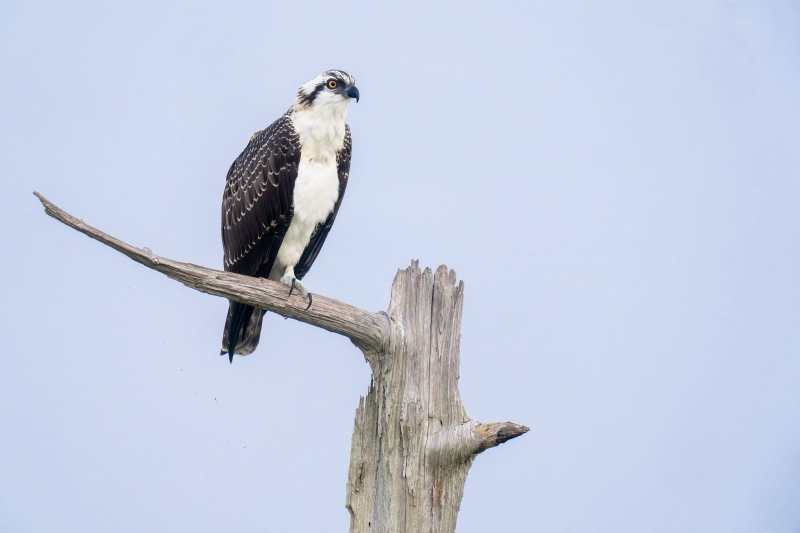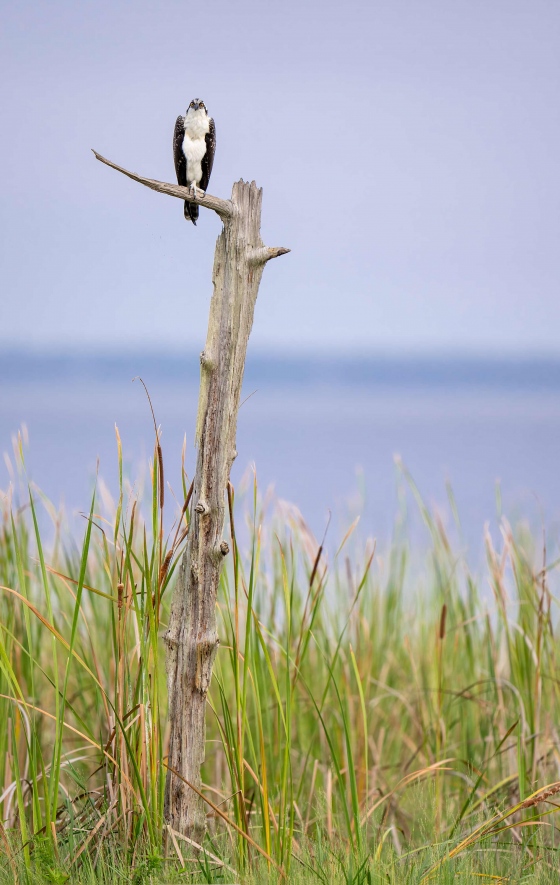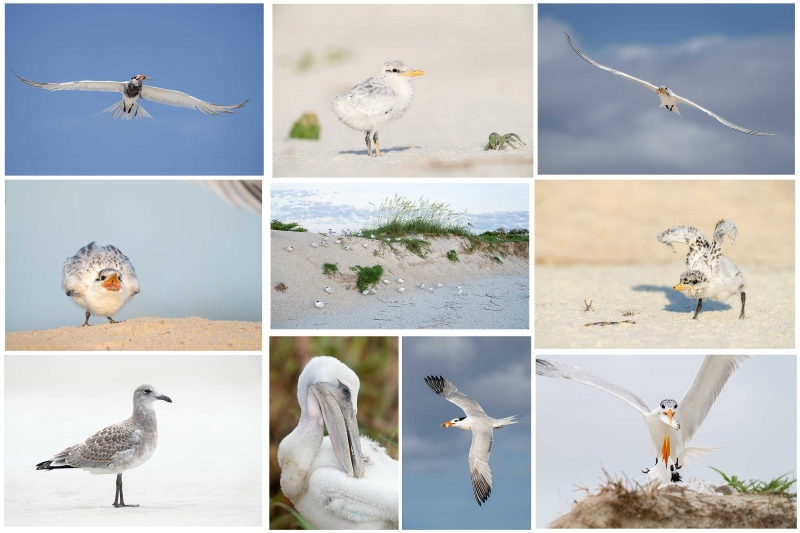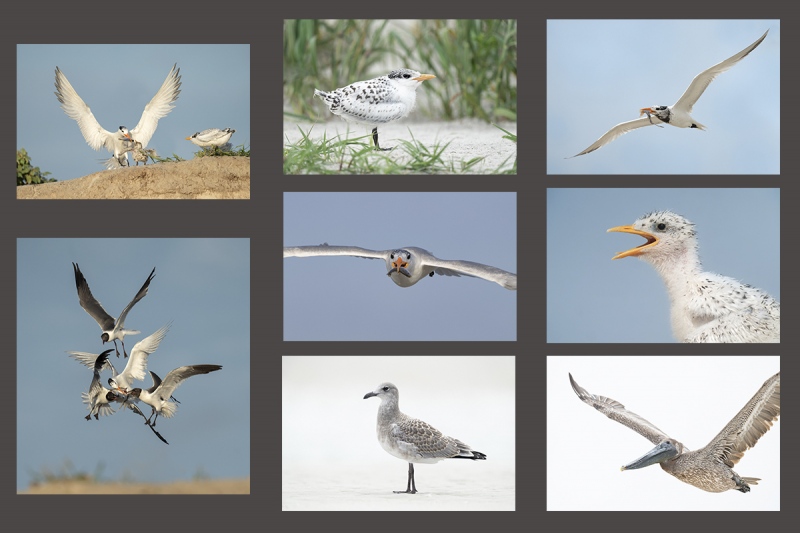What’s Up?
When I got out of bed at 4:30am on Monday I peeked out the bathroom window and saw a sky filled with stars. When I headed down to the lake for a photo session at 6:55am, it was totally overcast and gloomy. Things were not looking great for bird photography. I photographed some tickseed blossoms, mostly for ID purposes. I drove the South Peninsula and the South Field. There was nothing around and the light was dismal. I decided to take one last spin around the North Field and spotted something very lovely. Learn more and check out today’s featured images by scrolling down to see what I found.
Shoot me an e-mail for Jacksonville IPT #1 late registration discount details.
Today is Tuesday 7 June 2022. Jim and I woke at 4:00am and by 4:30 we were in the car heading west for Fort DeSoto for a one-day road trip. After my morning session, we will head to Dr. Rucker in Bradenton. He will inject my right shoulder with Prolozone. These injections have helped me in the past. After that, we will head to Lakeland to pay off the lease on my SUV. And then home. Wherever you are and whatever you are doing, I hope that you too have a great day. This blog post took about more than two hours to prepare and makes eighty-four days in a row with a new one.
Please remember to use the B&H and Amazon links that are found on most blog pages and to use the BIRDSASART discount code at checkout when purchasing your new gear from Bedfords. Please, also, consider joining a BAA IPT. You will be amazed at how much you will learn!
BIRDS AS ART Image Optimization Service (BAA IOS)
Send a PayPal for $62.00 to birdsasart@verizon.net or call Jim at 863-692-0906 and put $62.00 on your credit card. Pick one of your best images and upload the raw file using a large file sending service like Hightail or DropBox and then send me the link via e-mail. I will download and save your raw file, evaluate the exposure and sharpness, and optimize the image as if it were my own after converting the raw file in Adobe Camera Raw. Best of all, I will make a screen recording of the entire process and send you a link to the video to download, save and study.
Another Induro GIT 304L Price Drop
Amazingly, we have two, brand-new-in-the-box Induro GIT 304L tripods in stock. They are $699.00 each (were $799.00) and the price now includes the insured ground shipping to the lower 48 states. Weekday phone orders only: 863-692-0906.
|
|
|
This image was created on 6 June 2022 at Indian Lake Estates, FL. Working from my SUV, I used the BLUBB supported Sony FE 600mm f/4 GM OSS lens with the Sony FE 1.4x Teleconverter, and The One, the Sony Alpha 1 Mirrorless Digital Camera.. ISO 1250. The exposure was determined by Zebras with ISO on the rear wheel: 1/800 sec. at f/5.6 (wide open) in Manual mode. AWB at 7:48:31am on a bright overcast morning. As below, RawDigger showed the raw file brightness to be perfect. Tracking: Spot S AF-C with Bird-Eye/Face Detection performed perfectly. Click on the image to enjoy the high-res version. Image #1: Osprey in fresh juvenal plumage on The Perch II |
The Sad Recent History of The Perch II … Reversed!
Just a bit more than a year ago, working with my neighbor-friend Ralph, we found and erected The Perch II in the marsh just north of the pier at ILE. It replaced a very nice perch that I had put up with Anita North years before. That one had simply rotted and fallen. It could not be saved. You can read the whole story of The Perch II here.
Anyhoo, it took a while for the birds to find the beautiful new perch. But they did, and I made some nice images for several months. The subjects included Anhinga, Great Blue Heron, Little Blue Heron, Great Egret, Turkey Vulture, and Red-shouldered Hawk. But recently, the only birds that have landed on The Perch II have been Boat-Tailed Grackles and Red-winged Blackbirds. And while I love photographing the common birds, they perch is generally too far away when these smaller birds land. In any case, I had not seen a large bird on the new perch for more than two month and I had just about given up checking it.
Yesterday morning, from a distance, I saw a large bird on the perch. As I approached, I was thrilled to see that it was one of the recently fledged Ospreys. Before making a final approach, I mounted the 1.4X TC on the 600 f/4, moved the DMF switch to OFF, raised the driver’s side window a little less than halfway (for comfort while photographing), and set up the rig on the BLUBB. I made a series of images, replaced the 600 with the 400 f/2.8, and then made another series of wider horizontal and vertical images. Then I backed the car up the small slope, switched back to the 840mm rig, and made a closer approach that resulted in Image #1. I just love the soft light, the texture of the silvery-gray wood, and of course, the handsome young raptor.
|
|
|
This image was also created on 6 June 2022 down by the lake near my home at Indian Lake Estates, FL. Working from the driver’s seat of my SUV, I used the BLUBB supported Sony FE 400mm f/2.8 GM OSS lens and The One, the Sony Alpha 1 Mirrorless Digital Camera). The exposure was determined via Zebra technology with ISO on the Thumb Dial. ISO 500. 1/1600 sec. at f/2.8 (wide open) in Manual mode. When evaluated in RawDigger, the raw file exposure was determined to be perfect. AWB at 7:44:50am on a bright overcast morning. Tracking: Zone AF-C with Bird Face/Eye detection enabled performed to perfection. Be sure to click on the image to enjoy a high-res version. Image #2: Juvenile Osprey on The Perch II with marsh grasses |
Your Call?
Which of today’s two featured images do you like best? All are invited to leave a comment and let us know why they made their choice. Is this question a no-brainer?
Flight Photography at Jacksonville Till You Can’t Lift Your Lens! with Arthur Morris/BIRDS AS ART
Join me on the beach at Huguenot Memorial Park to learn about photographing terns in flight. 8,000 pairs of Royal Terns nest there and there are birds in the air all the time, often carrying all kinds of fish and crabs for their young. Learn about how the relationship between the wind and the sun impacts flight photography and about the best gear for shooting birds in flight. Join me on a workshop at Jacksonville this summer.
Cute & Beautiful: Photographing Chicks in Jacksonville, FL with Arthur Morris/BIRDS AS ART
There is an amazing beach near Jacksonville, FL where 8,000 pairs of Royal Terns and 12,000 pairs of Laughing Gulls (along with a few other species) breed each summer. As this video shows, photographing the chicks is easy in the summer. And there is tons of great flight photography as well. If you want to improve your bird photography skills, consider joining me on an Instructional Photo-Tour (IPT).
|
|
|
Click on the composite image to enjoy the incredible quality of the hi-res JPEG. Clockwise from upper left clockwise and back around to the center: Royal Tern in flight with squid for chick; Royal Tern chick on beach; Royal Tern in flight with shrimp for young; Royal Tern chick — double overhead wing stretch; Royal Tern landing with greenback for chick; Royal Tern in flight with juvenile mahi mahi for chick; Brown Pelican — large chick preening; Laughing Gull in fresh juvenal plumage; Royal Tern chick begging; Many Royal Terns with many chicks on face of dune. |
Jacksonville IPT #1: 4 FULL DAYS — the afternoon of FRI 1 JULY thru the morning of TUES 5 July 2022: $2099.00 (Limit 6 photographers/Openings: 5)
Jacksonville IPT #2: 4 FULL DAYS — the afternoon of FRI 15 JULY thru the morning of TUES 19 July 2022: $2099.00 (Limit 6 photographers/Openings: 5)
The first three folks to register can ride to and on the beach with me for no charge.
Jacksonville IPT #2: 4 FULL DAYS — the afternoon of FRI 15 JULY thru the morning of TUES 19 July 2022: $2099.00 (Limit 6 photographers/Openings: 5)
The first three folks to register can ride to and on the beach with me for no charge.
I first visited the breeding bird colony at Jacksonville in late June 2021. I was astounded. There were many thousands of pairs of Royal Terns nesting along with about 10,000 pairs of Laughing Gulls. In addition to the royals, there were some Sandwich Terns nesting. And there are several dozen pairs of Brown Pelicans nesting on the ground. Flight photography was non-stop astounding. And photographing the tern chicks was relatively easy. Folks could do the whole trip with the Sony 200-600, the Canon 100-500 RF, or the Nikon 500 PF or 200-500 VR. With a TC in your pocket for use on sunny days. Most of the action is within 100 yards of where we park (on the beach). As with all bird photography, there are times when a super-telephoto lens with either TC is the best tool for the job.
Morning sessions will average about three 1/2 hours, afternoon sessions about 1 1/2 hours. On cloudy mornings with favorable winds, we may opt to stay out for one long session and skip the afternoon, especially when the afternoon forecast is poor. Lunch is included on the first three days of the IPT and will be served at my AirBnB. We will do image review and Photoshop after lunch.
We will be based somewhere west and a bit north of Jacksonville where there are many AirBnB possibilities. The deposit is $599.00. Call Jim at the office any weekday at 863-692-0906 to pay by credit card. Balances must be paid by check.
|
|
|
Click on the composite image to enjoy the incredible quality of the hi-res JPEG. Clockwise from upper left clockwise and back around to the center: Royal Tern feeding chick; Royal Tern/4-week old chick; ink-stained Royal Tern in flight with squid for chick; Royal Tern/3-week old chick begging; Brown Pelican in flight on white sky day; fresh juvenile Laughing Gull on clean beach; Laughing Gulls stealing fish from Royal Tern; tight shot of Royal Tern in flight with fish for young. |
What You Will Learn on a Jacksonville IPT
- 1- First and foremast you will learn to become a better flight photographer. Much better.
- 2-You will learn the basics and fine points of digital exposure. Nikon and Canon folks will learn to get the right exposure every time after making a single test exposure, and SONY folks will learn to use Zebras so that they can be sure of making excellent exposures before pressing the shutter button.
- 3- You will learn to work in Manual exposure mode even if you fear it.
- 4- You will learn to evaluate wind and sky conditions and understand how they affect bird photography, especially the photography of birds in flight.
- 5- You will learn several pro secrets (for each system) that will help you to become a better flight photographer.
- 6- You will learn to zoom out in advance (because the birds are so close!) 🙂
- 7- You will learn how to approach free and wild birds without disturbing them.
- 8- You will learn to spot the good and the great situations.
- 9- You will learn to understand and predict bird behavior.
- 10- You will learn to design pleasing images by mastering your camera’s AF system.
- 11- You will learn to choose the best perspective.
- 12- You will learn to see and control your backgrounds.
- 13- You will learn to see and understand the light.
- 14- You will learn to see and create pleasing blurs in pre-dawn situations.
- 15- You will learn to be ready for the most likely event.
And the best news is that you will be able to take everything you learn home with you so that you will be a better photographer wherever you are and whenever you photograph.
Typos
With all blog posts, feel free to e-mail or to leave a comment regarding any typos or errors.


















Both are wonderful shots, for me #1 wins out but I do like the vertical shot. Thanks for sharing buy your neighbor a beer (or two) for helping you to erect the perch that will keep on giving for who knows how long.
You have asked a question that is not easily answered because the two images represent something totally different. The first image is a nice image of the young Osprey that has great detail in both the bird and the perch. The second image is an enviornmental image where the bird is secondary to the surrounding area of water, grasses and sky. I like both images but if I need to choose then number 1 is my favorite.
True, but you answered it perfectly.
with love, artie
Typo: two month
Thanks and deleted. Not sure where those words came from 🙂
with love, artie
No brainer for me. The vertical is more pleasing and more interesting. Thanks for the post!
Hey Tom, thanks for leaving a comment.
with love, artie
Love the first image! The young osprey is gorgeous, but so is the wood on the post you erected.
Agree 🙂
with love, artie
I like both images though prefer image 1 as the raptor’s pose is more engaging.
Thanks, Adam. Not to mention a lot bigger in the frame.
artie